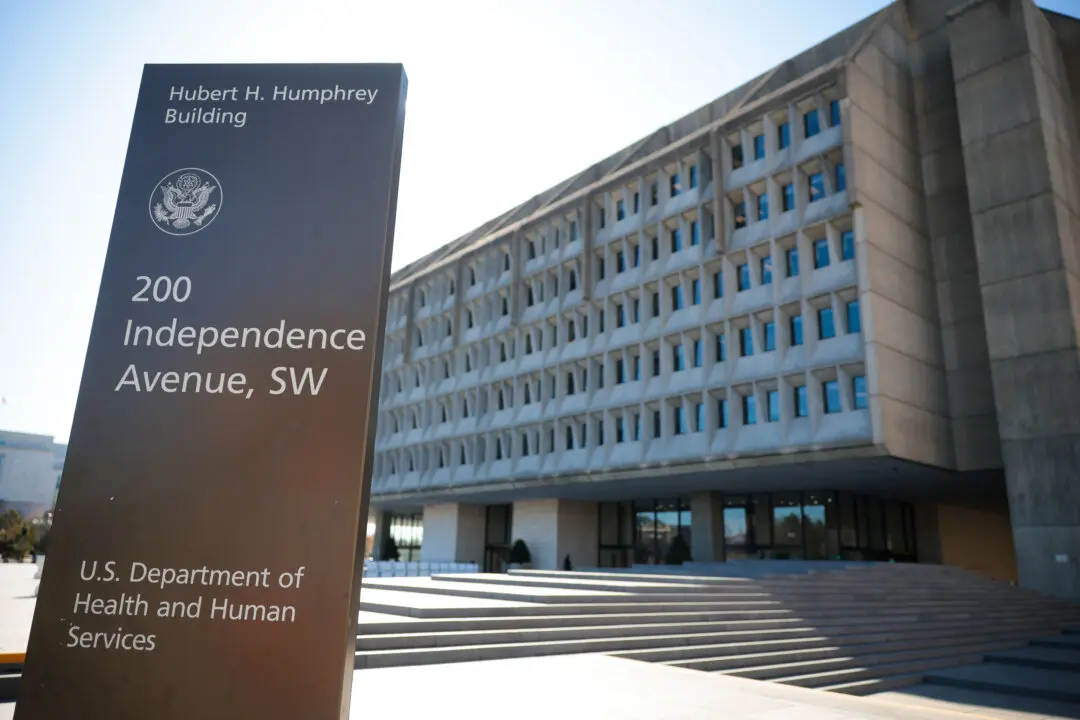A Lufthansa flight bound for Spain was left without a pilot at the controls for almost 10 minutes in 2024 when the first officer collapsed while the captain was locked out of the cockpit, the Spanish authorities have said.
During the flight from Frankfurt, Germany, to Seville, Spain, on Feb. 17, 2024, the first officer of an Airbus A321 lost consciousness in the cockpit while the captain was using the bathroom, according to a report released May 17 by Spain’s Civil Aviation Accident and Incident Investigation Commission (CIAIAC).





